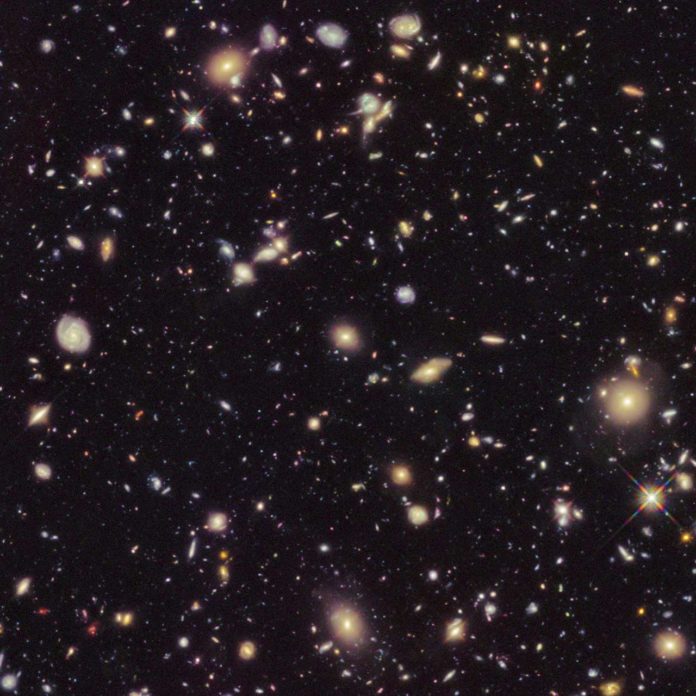Age may only be a number, but when it comes to the age of the Universe, it’s a pretty important one. According to research, the Universe might be 2 billion years younger than scientists now estimate.
The study is based on the recent calculations that suggest the Universe could be a couple of billion years younger. What’s more, the study also reflects different approaches to the tricky problem of figuring the Universe’s real age.
How did scientists determine the age of the Universe?
Scientists estimated the age of the Universe by using the movement of stars to measure how fast it is expanding. If the Universe is growing faster, that means it got to its current size more quickly and therefore must be relatively younger.
The Hubble constant parametrizes the current expansion rate of the Universe. There are different methods of calculating Hubble constant that leads to inconsistent results. This discrepancy either means that the Hubble constant measurements have systematic errors larger than astrophysicists can explain, or it reveals something profound about the physics underlying our Universe.
According to a Hubble Constant of 70, the generally accepted age of the Universe is 13.7 billion years.
Scientists, in this study, came up with a Hubble Constant of 82.4, which would put the age of the Universe at around 11.4 billion years. The combined information from strong gravitational lensing and the motion of stars within the lens galaxy, to calibrate supernova luminosities. They also used a special type of that effect called time delay lensing, using the changing brightness of distant objects to gather information for their calculations.
The new approach is just one of a couple of new ones that have prompted various numbers as of late, reviving a stewing galactic discussion of the 1990s that had been settled.
In 2013, European scientists suggested that the expansion rate a slower 67. Earlier this year, Adam Riess of the Space Telescope Science Institute used NASA‘s super telescope and came up with several 74 while another team came up with 73.3.
Scientists had big caveats for the number. They used only two gravitational lenses, which were all that were available, and so her margin of error is so large that it’s possible the Universe could be older than calculated, not dramatically younger.
Harvard astronomer Avi Loeb, who wasn’t part of the study, said, “it an interesting and unique way to calculate the universe’s expansion rate, but the large error margins limit its effectiveness until more information can be gathered.”
“It is difficult to be certain of your conclusions if you use a ruler that you don’t fully understand.”
The co-authors of the study include Inh Jee, of the Max Plank Institute in Germany, Sherry H. Suyu, Eiichiro Komatsu, Christopher D. Fassnacht, Stefan Hilbert, and Léon V. E. Koopmans.
REFERENCES:
- A measurement of the Hubble constant from angular diameter distances to two gravitational lenses. DOI: 10.1126/science.aat7371
- An expanding controversy. DOI: 10.1126/science.aay1331
